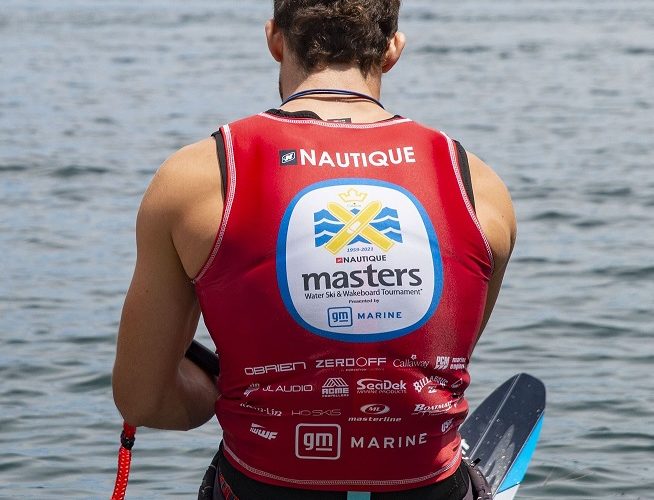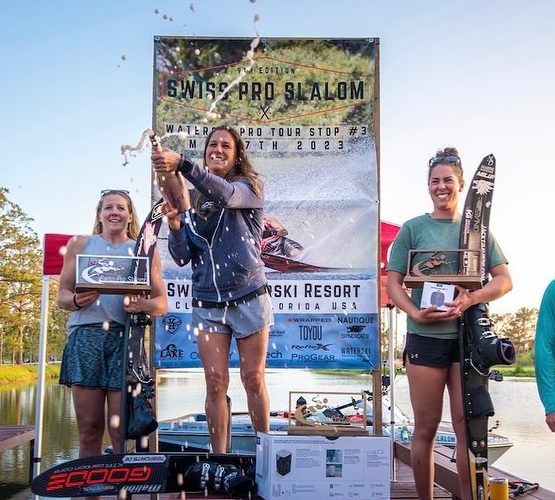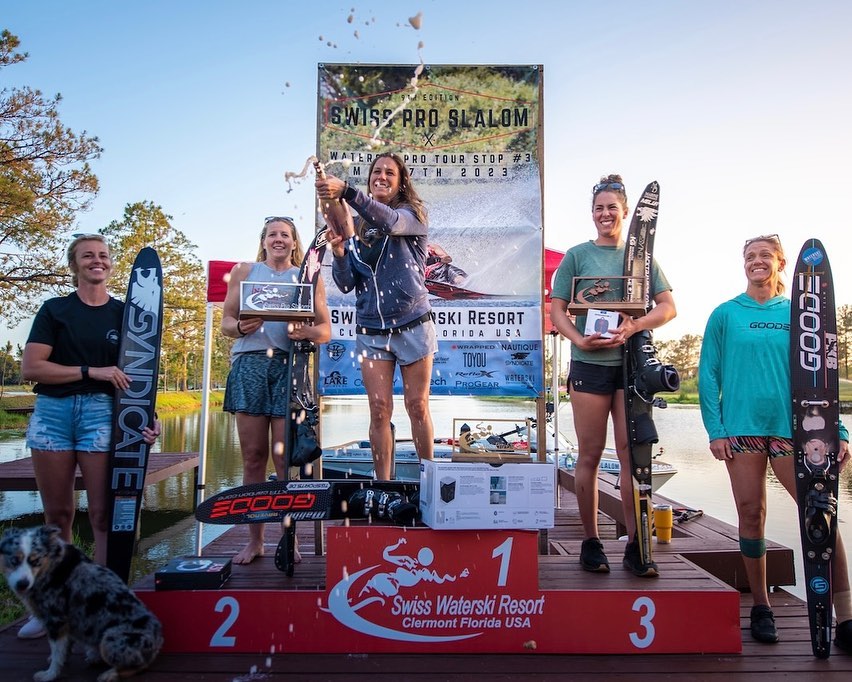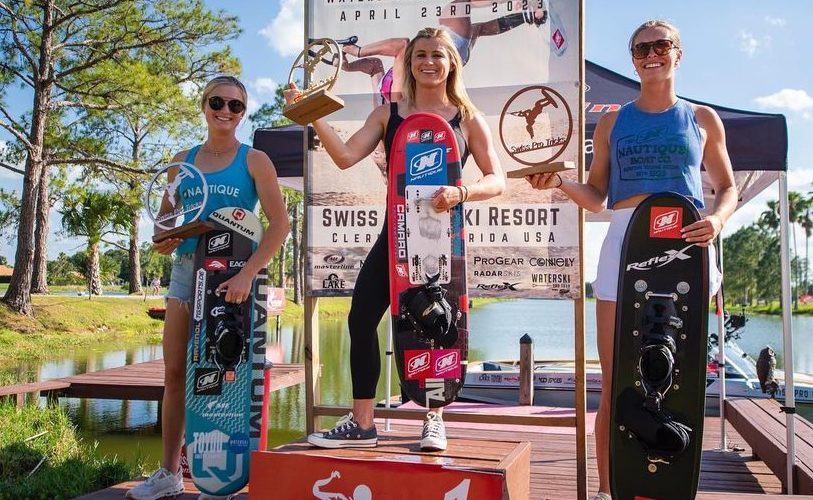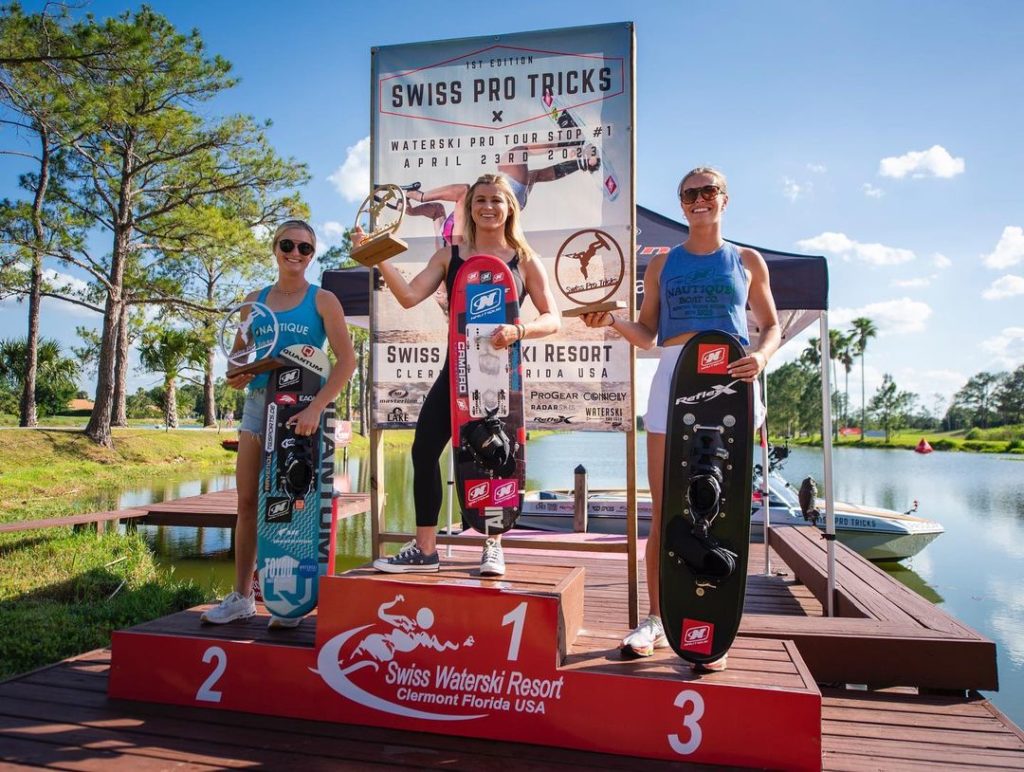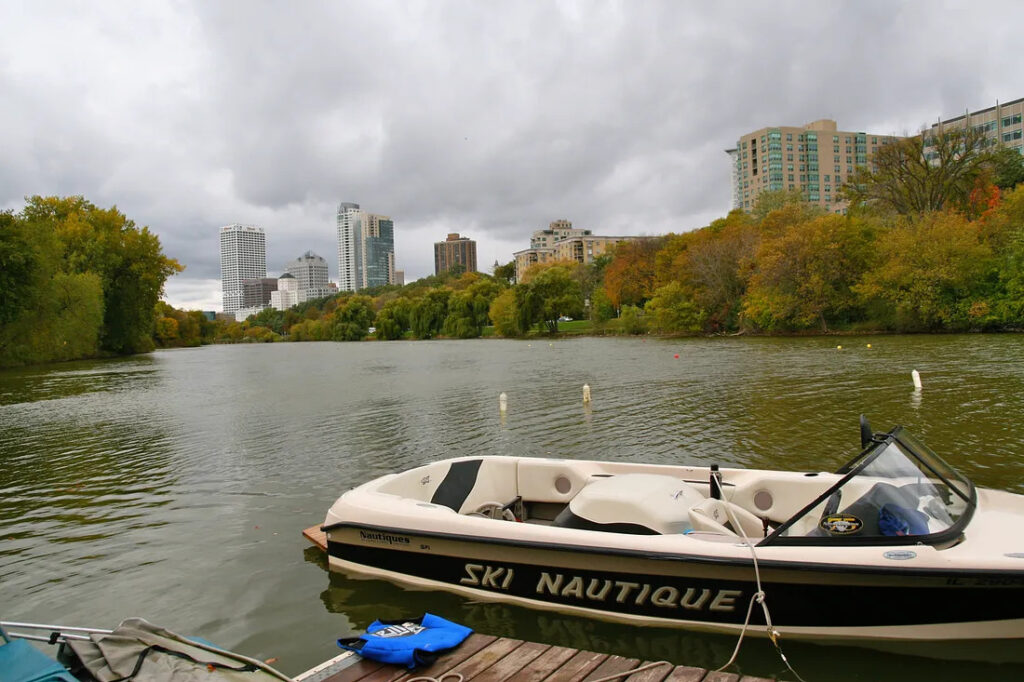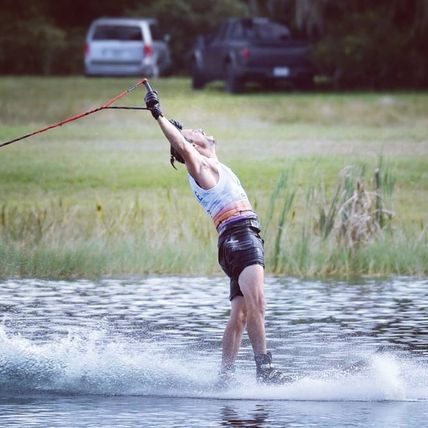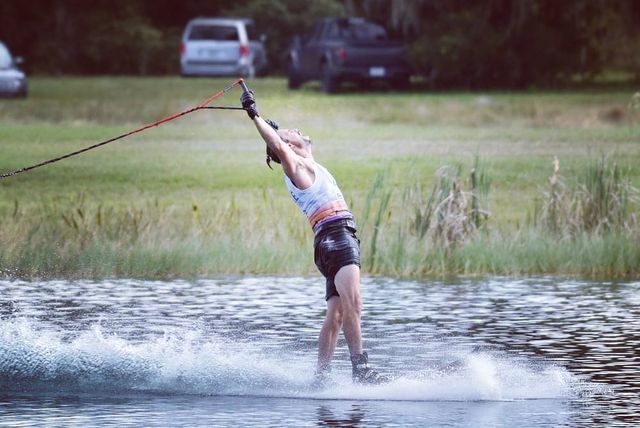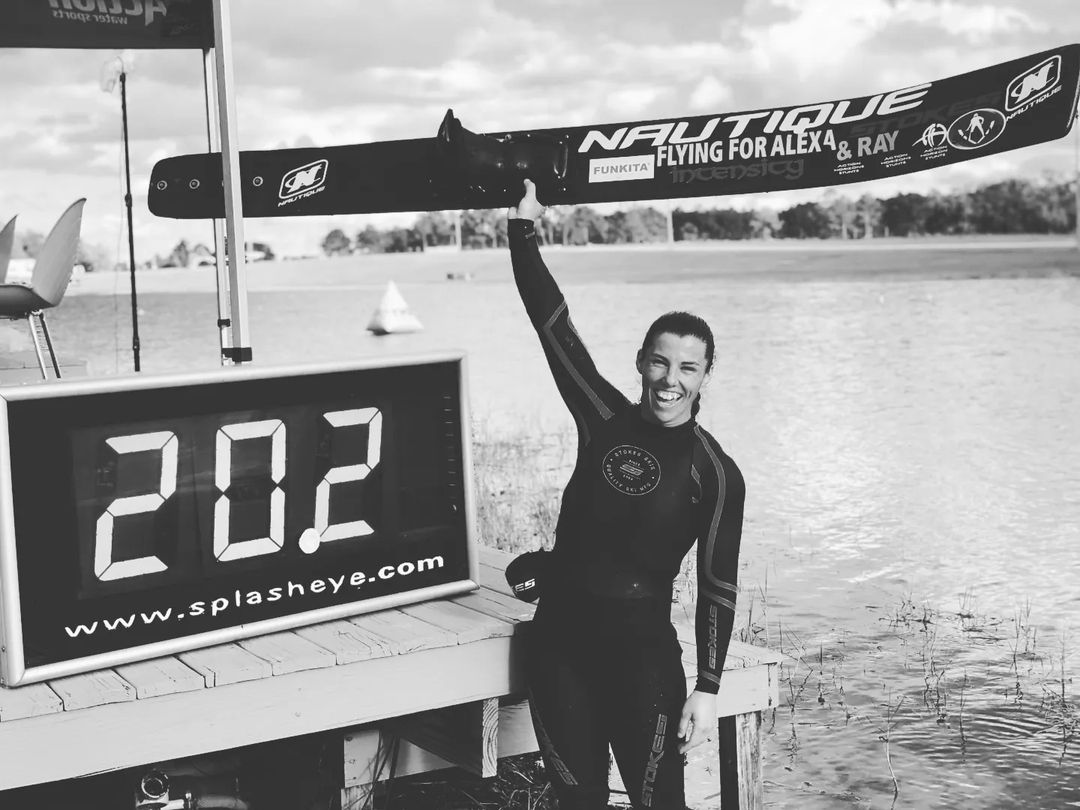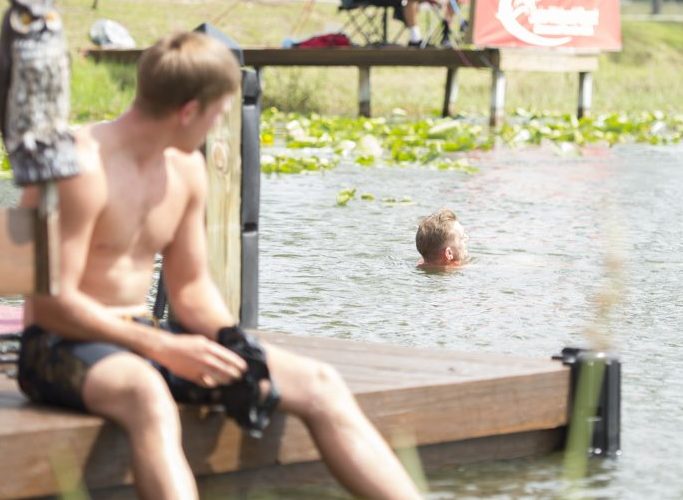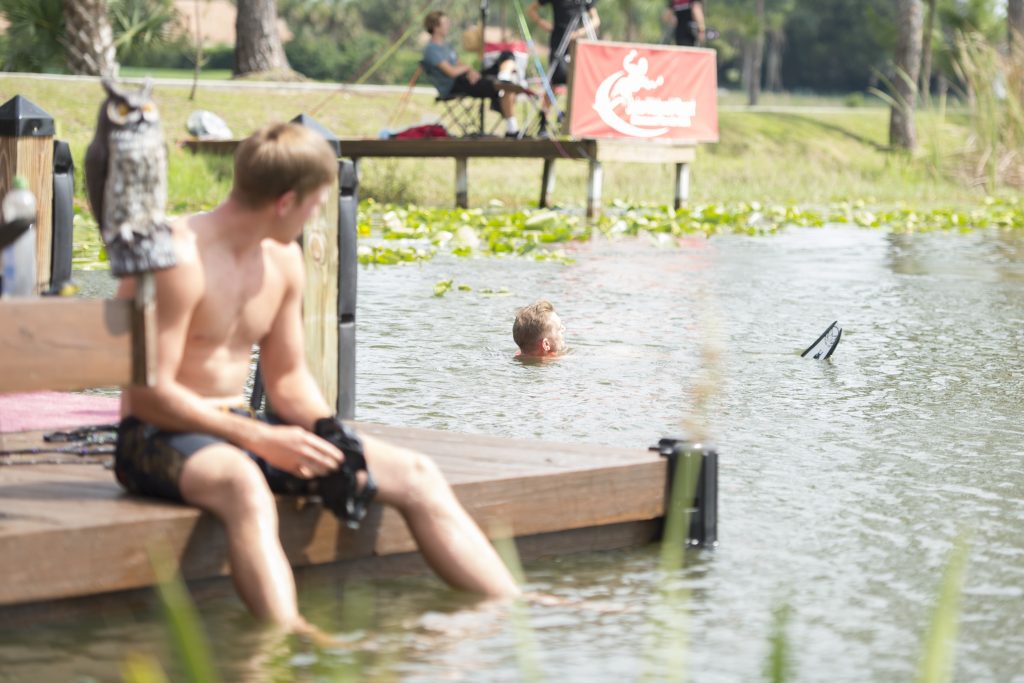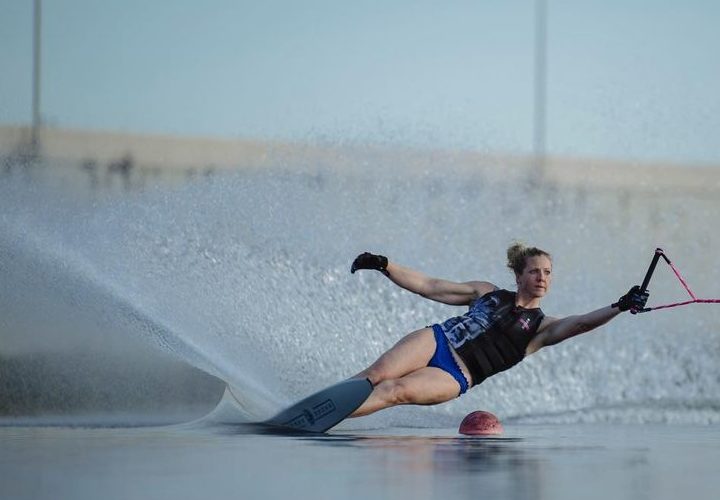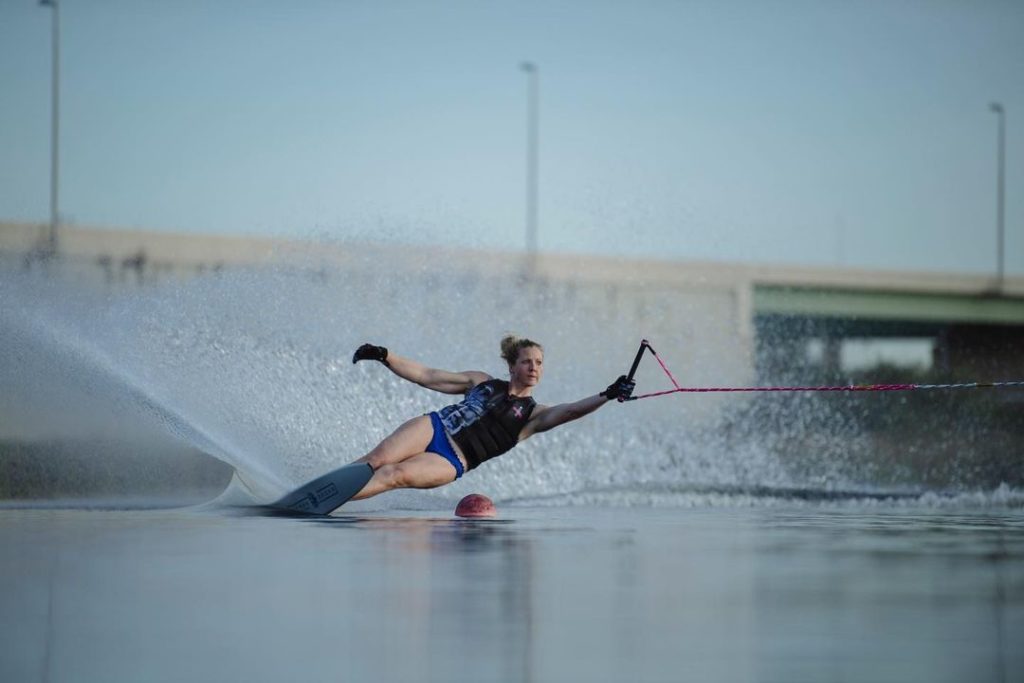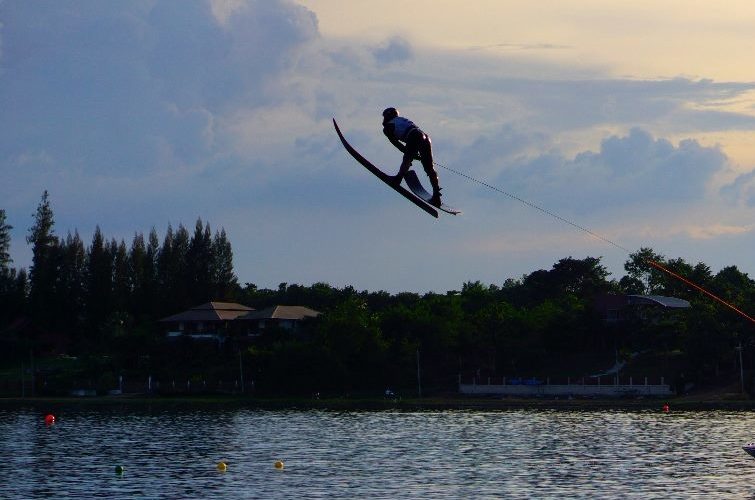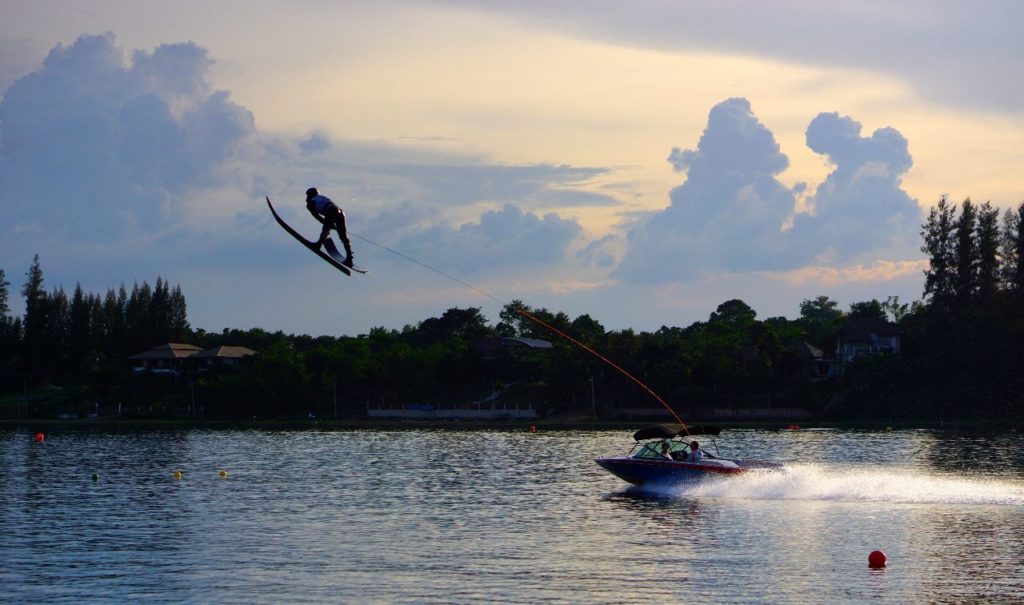Winter Banned from the Masters for Unsportsmanlike Conduct

Image: Masters Water Ski & Wakeboard Tournament
By Jack Burden
The Masters water ski tournament, one of the most prestigious events in the sport, has been embroiled in controversy after a top skier and former champion, Freddie Winter, was banned from competing this year. The decision has sparked intense debate among fans, athletes, and experts with opinions divided on the severity of the punishment and whether it was justified.
Winter’s suspension stems from an incident involving alleged unsportsmanlike conduct and intimidation of officials during the 2022 Masters. On his 10.75m (39.5′ off) pass, Winter was given a score of 5 by the tower judges and 6 by the boat judge. The boat camera did not track the skier as he approached six ball, so no video review was available. After his score was confirmed, Winter protested the judging decision and was seen discussing the outcome with chief judge, Felipe Leal, which is when the alleged misconduct is said to have taken place.
Neither Winter nor the Masters organization have commented publicly on the specifics of the alleged misconduct. However, Winter recently spoke on the TWBC podcast about the ban, which includes the 2023 Masters and both Masters Qualifying Series Events.
Critics argue that the ban on Winter for the following year is excessive and disproportionate to the offense committed. They question whether the decision was influenced by sponsorship considerations, suggesting that if Winter had been sponsored by Nautique, the tournament organizer, a different outcome might have occurred. The alleged link between sponsorship and the ban has raised concerns about the integrity of the competition.
Supporters of Winter point out that his passion and intensity on the water bring excitement and entertainment to the sport, comparing it to the fiery personalities of tennis legends John McEnroe and Jimmy Connors. One could argue that such passion attracts more viewers and should be celebrated rather than punished.
However, it is crucial for athletes to recognize the responsibility they hold as role models for children. Unsportsmanlike conduct can set a negative example for impressionable young minds. It is also important to remember that the judges who officiate these competitions are volunteers, dedicating their time and expertise to ensure fairness and accuracy. In other sports, it is common for athletes to face suspensions for unsportsmanlike behavior. Such disciplinary actions not only serve as a reminder of the importance of respectful conduct but also contribute to fostering a positive and inclusive sporting environment.
The controversy surrounding Winter’s ban has touched on broader trends in the sport, including the changing face of the Masters event and the declining interest among younger generations. Some fans have expressed their disappointment, questioning whether they will watch the event this year. They argue that the absence of one of the top skiers in the world diminishes the quality and prestige of the competition.
As the controversy continues to unfold, the Masters tournament faces the challenge of restoring confidence in their brand as one of the most prestigious events in the sport.
See below for footage of Winter reacting to the judges’ call.
Update (3/26/2024): The original version of this article alleged that Winter left “the pavilion at Robin Lake under the supervision of Callaway Gardens security.” We have not been able to substantiate this claim and therefore have removed it.
